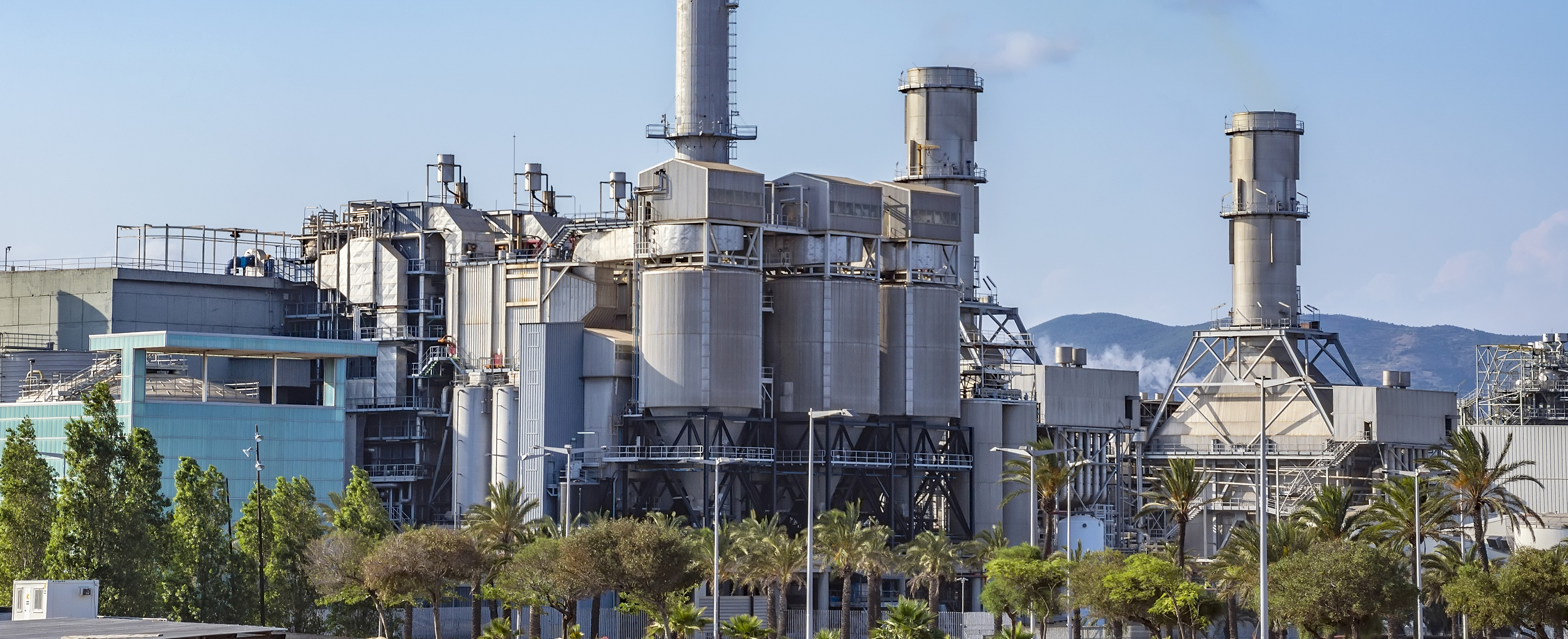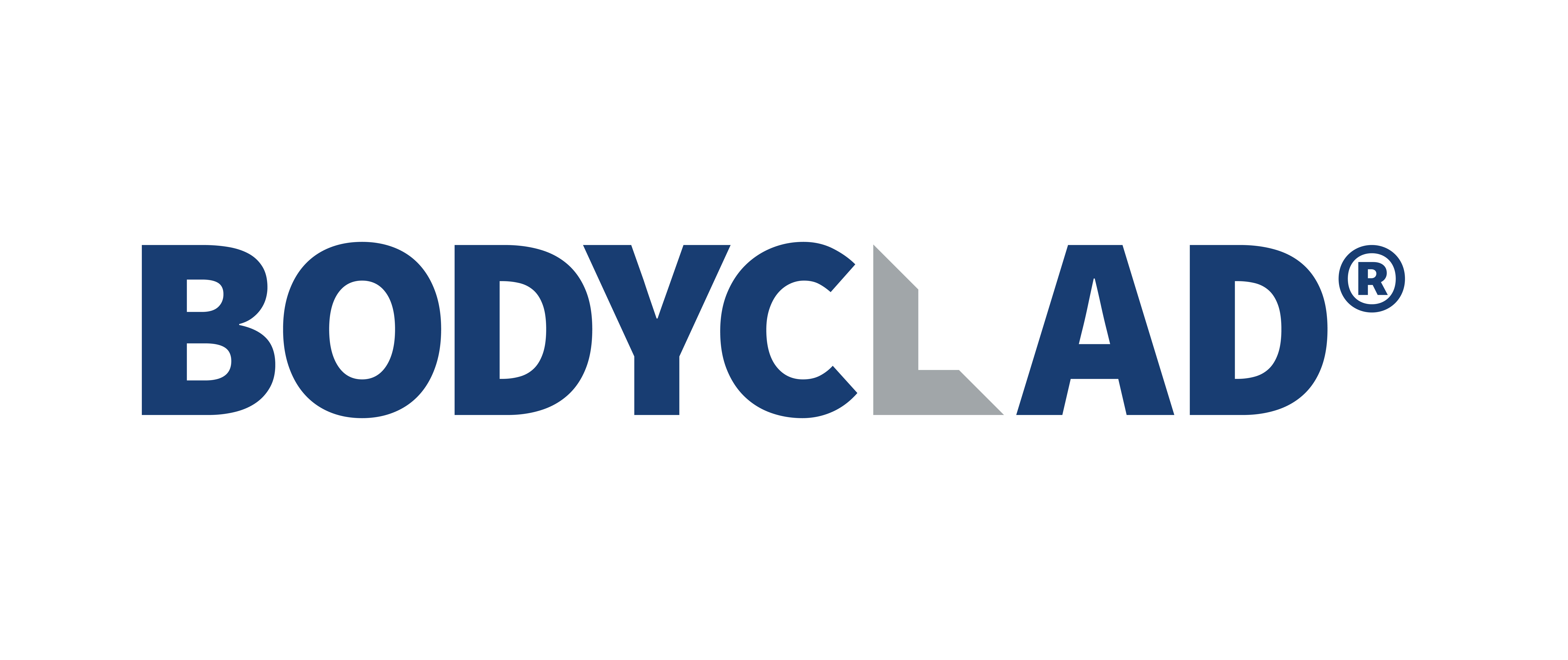









Additive coating applications are usually carried out in vacuum or inert gas. Vacuum, inert gas and continuous furnaces as well as inductive processes are used. The disadvantage here is the size restriction of the components and the accessibility of the surfaces to be coated. Furthermore, the components are heated completely to soldering temperature and mobile coating of components on site is not possible.
Wear and corrosion cause billions of euros worth of damage in Germany every year. Protecting component surfaces accordingly saves considerable costs and makes production processes much more efficient. Reconditioning helps to ensure the short-term availability of high-quality components, the replacement of which can be expensive and very lengthy. Coatings can be individually adapted to the respective application.
To complement application brazing in vacuum or inert gas, Euromat has developed a technical process variant with which surface coatings can be brazed directly to the component in an air atmosphere.
| Eigenschaft | Wert | Beschreibung | beschreibung_2 |
|---|---|---|---|
| Coating type | Ni17, Ni 21, Ni26, Ni33, Ni36, Ni40 | Ni50, Ni63 | Ni63TC, Ni64TC |
| Hardness [HRC] | 13-17, 18-21, 22-26 28-33, 32-36, 35-40 | 45-50, 56-63 | 58-63, 59-64 |
| Description | Molds, tools, seating/sealing surfaces cast iron, steel and Al bronze | High wear and corrosion protection Cast iron, steel, coatings with CrC formation | High temperature resistant boride coatings with carbide additives in the layer |